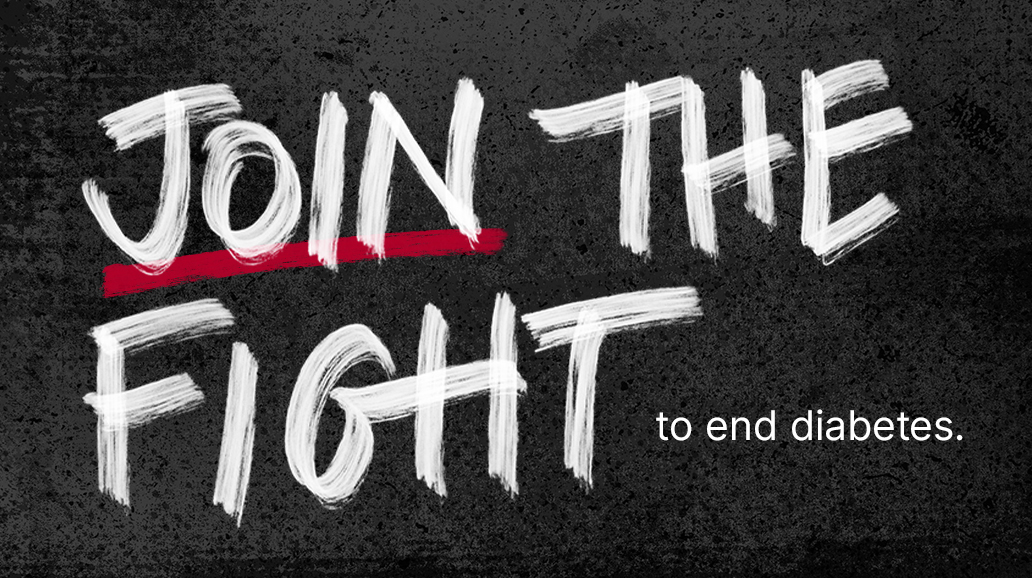For many people with diabetes, driving is a central part of daily life. Individuals with type 1 diabetes and those with type 2 diabetes at risk for low blood glucose (blood sugar), called hypoglycemia, should take steps to avoid lows when driving.
Your state may have special licensing rules about medical conditions that may apply to people with diabetes. To find the current rules for your state, you can contact your local Department of Motor Vehicles (DMV) or visit their website.
Licensing for commercial driving is very different than private driver’s licensing. As of 2018, people with diabetes can obtain commercial driver’s licenses with a Department of Transportation medical certification. See our commercial driving and diabetes page for more information.
There are steps that people with diabetes can and should take when operating a motor vehicle to avoid low blood glucose levels while driving.
Tips for driving with diabetes
Preparation is essential!
Before you get a license:
- Check your state DMV to learn more about the laws and policies that may affect you.
Before you drive:
- Check your blood glucose before driving.
- If it's low, treat the hypoglycemia and wait until you're at a safe level before driving.
- Keep fast-acting carbohydrates such as glucose tablets or a juice box and extra snacks in the car.
- If you start feeling low while you're driving, pull over safely and check your blood glucose. Checking your blood glucose or treating a high or low reading should not be done while driving.
- If low, don't begin driving again until you have treated it and your blood glucose is back to a safe level.
- In case of an emergency, having glucagon and extra diabetes supplies such as a spare meter, test strips, and pump supplies in the car is a smart move.
- If you have one, wear your diabetes medical ID or have your Diabetes Alert Card in your wallet. These can help first responders treat you more quickly.
For health care providers and attorneys
The American Diabetes Association’s Statement on Diabetes and Driving, provides an overview of existing licensing rules for people with diabetes, addresses the factors that impact driving for this population, and identifies general guidelines for assessing driver fitness and determining appropriate licensing restrictions. Learn more information specific to commercial driver’s licenses.
Need guidance with a discrimination issue? Or want to learn more about the rights of people with diabetes? The ADA can help. Contact 1-800-DIABETES (800-342-2383) or askada@diabetes.org.”
